mobile View, to the German Version tap the flag
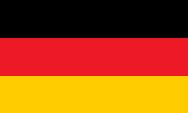

- French regional authority with special status (collectivité territoriale)
- own name: Corsican: Corsica, French: Corse
• Flag
• Meaning/Origin of the Flag
• Map of the historical Regions in France
• Explanations about the Regions
• Numbers and Facts
• History
• Origin of the Country's Name
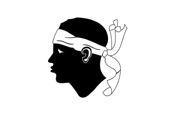
Flag of Corsica
– drapeau de Corse,
Source, by: Die Welt der Flaggen






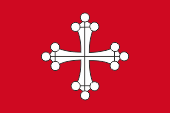
1077–1300,
Flag of Pisa,
Source, by: Wikipedia (IT)





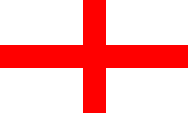
1300–1768,
Flag of Genoa,
Source, by: Wikipedia (IT)



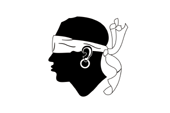
ca. 1400–1755,
Flag of Corsica,
Source, by: Wikipedia (EN)



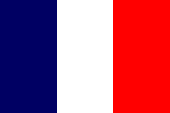
since 1768,
Flag of France,
Source, by: Corel Draw 4





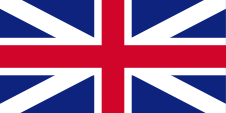
1794–1796,
Flag of United Kingdom,
Source, by: Die Welt der Flaggen






The flag of Corsica, probably dates from the 15th century, is single-coloured white, and shows a Moor's head in the middle. This peculiar symbol is known in Aragón, Corsica and Sardinia. It goes probably back to the Kingdom of Aragón, because this symbolism there has been used since 1096, and in 1297 gave the Pope Sardinia as a fief to King Jacob II. of Aragón. The Moor's heads are the heads of four Moorish kings, who were defeated ad beheaded in the year 1096 at the Battle of Alcoraz by King Peter I. of Aragón. Moor's heads on flags, blindfolded or not, served later as a deterrent. In the early Middle Ages the countries and cities had suffered greatly at the northern edge of the Mediterranean Sea under Moorish pirates who raided, murdering and plundering the coasts and the people abducted into slavery. But how the Moor's head came to Corsica? In the 14th/15th century the possession of the island was the reason for armed conflicts between Genoa, Aragon and local forces. Finally, Corsica became Genoese, however, there have been riots against Genoa again and again, until the island was finally sold to France in 1768. One of these uprisings was supported by Aragón. One in the service of Aragon standing Corsican, Vincentellu d'Istria (1380–1434), was actively involved in the fightings, and he probably brought the Moor's head with the flag of Aragón to the island, and the Moor's head has been adopted as a symbol of freedom. Because of the fact, that the Moor's head was actually seen as a symbol of freedom, he was released in 1755 from the attributes of a prisoner, the blindfold changed to a headband and the ear ring was dispensable. In 1999, after 700 years, the flag of Sardinia was adjusted this style. The Moor's heads got headbands instead of blindfolds, and also the earring was removed. And, however, the four Moors look away from the flag pole since that year.
Source:
www.planet-schule.de

The historical, French Regions:
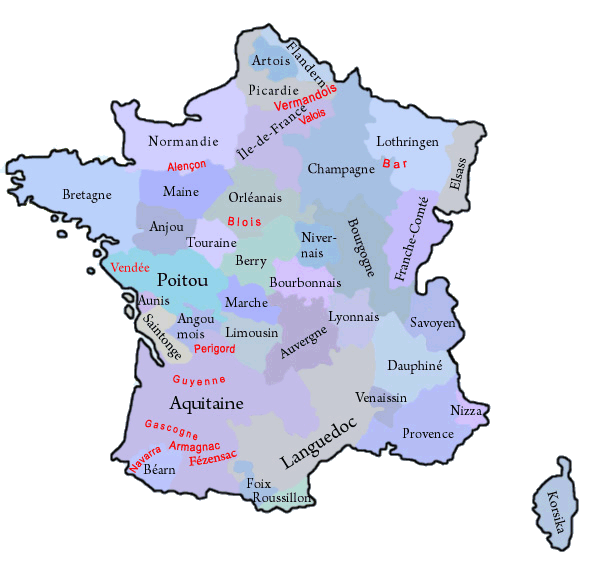
in black: governorate and province in 1776,
in red: former county, province oder governorate
Map: Volker Preuß

The until the French Revolution existing provinces (or governorates) have been historically grown structures, which had their roots oftenly in former fiefdoms of the French crown, historic counties and duchies. They oftenly existed for hundreds of years and had preserved regionality (e.g. cultural particularities and regional languages). On the occasion of the French Revolution such phenomena were of course not desirable, and as part of their bloody and violent egalitarianism any regional references were eliminated. Shortly after the French Revolution the provinces were dissolved and France became divided into many départements, which should have approximately the same size and the same status. The départements were named after rivers or mountains, to use never and in no circumstances the name of an old province. However, there was no success in cutting the connections of the people of France to their respective regions, so that administrative regions were re-created in 1960, to have a better control in regional administrative processes. In this way became départements, which were placed in a historical province, administratively grouped to an oftenly historically named region. The resulted structures coincide only approximately with the boundaries of the old provinces. In the strictly centralist France any regionality is avoided, so that even the official flags of these regions mostly look like flags of companies, unloving, unhistorical, technocratic and modernistic, and these flags should not be a subject of any lexical considerations here. Only in a few of that regions, exist official flags which remember the historical models. But, even the existence of these today's regions is douptful, because in 2014 was passed a territorial reform valid from the year 2016, that reduces the number of the existing regions by merging to nearly the half. However, there exist unofficial flags in nearly all of these regions, which should remember the old provinces and the old heraldry.
Wikipedia Link to the regions of France:
click or tap here
FOTW Link to the regions of France:
click or tap here
Source: Flags of the World,
Wikipedia (D),
Volker Preuß

Area: 3.382 square miles
Inhabitants: 338.554 (2018)
Religions: 92% Roman Catholic
Density of Population: 39 inh./sq.mi.
Capital: Ajaccio, 70.817 inh. (2018)
Languages: French, Corsican
Currency: 1 Euro (€) = 100 Cent
Time Zone: GMT – 1
Source:
Wikipedia (D)

antiquity · cettlement by the Ligurian tribe of the Corsicans
544 B.C. · conquest by Carthaginians and Etruscans, to the Carthaginian sphere of influence
238 B.C. · First Punic War, defeat of Carthage against the Roman Empire, Corsica comes to the Roman sphere of influence
231 · annexed to the Roman Empire, to the province of "Corsica et Sardinia"
470 A.D. · invasion of the Vandals
533 · to the Byzantine Empire (East Rome)
6th–7th cent. · invasions of the Goths and Langobards
713 · invasion of the Arabs
754 · conquest by the Franks
833 · the frankish King Louis the Pious gives the island as a fief to the Margrave of Tuscany
1077 · Pope Urban II. gives the island as a fief to Pisa
1217 · troops of Genoa conquer the city of Bonifacio
1284 · Sea-Battle of Melloria, Genoa destroys the Pisan fleet, conquer of the island by Genoa
1300 · Pisa cedes Corsica officially to Genoa
1296 · Pope Boniface VIII. gives Corsica and Sardinia to King James of Aragón as a fief, fights between Corsicans, Genoa and Aragon, finally the island remains at Genoa
1729 · anti-genoese rebellion, fights against Genoese troops on the island
1735 · Corsica declares itself as independent from Genoa
1736 · the in the British service acting German Baron Theodor von Neuhof lands on the island and seizes the power, the Corsicans proclaim him as Theodor I. to the King of Corsica
1737 · conquest by French troops on behalf of Genoa
1746 · Corsica declares itself again as independent from Genoa, one more fights against Genoese troops on the island
15th of May in 1768 · Genoa sells Corsica to France for 40 million Francs, fights against French troops on the island
9th of May in 1769 · battle of Ponte Nuovo, the Corsicans subject to France
1774 · the island is a French province
1793 · fights against French troops on the island
May 1794 · the Corsicans conquer towns of Bastia and Calvi with British aid
18th of June in 1794 · the Corsican assembly deputies proclaim the island as a (Vice-)Kingdom under the rule of Great Britain
October 1796 · reconquest by French troops, withdrawal of the British troops, reincorporation to France
20th century · immigration of French, the Corsicans become a minority, displacement of the Corsican language out of school and public life, since 1976 armed resistance by the Frontu di Liberation Naziunalista Corsu (FLNC)
2018 · administrative reform, General Council and Regional Council are merged, the country becomes a "Collectivité territoriale unique"
Source:
Meyers Konversationslexikon,
Wikipedia (D),
Atlas zur Geschichte

About the origin of the name of the island exist two theories: 1st) the name of Corsica/Corse goes probably back to the Phoenician word "Korsai", what means translated "covered with forests". 2nd) the name of Corsica/Corse is the Greek name for Kalliste island, what means translated "the beautiful".
Source:
Wikipedia (D)


![]()





















